Summary
This fishing area is known for its stunning natural beauty and excellent fishing opportunities. The lake is home to several fish species, including rainbow trout, brook trout, and cutthroat trout. Rainbow trout are the most prevalent species and can be caught using various techniques, including fly fishing and baitcasting.
Visitors can also enjoy various outdoor activities in the area, including hiking, camping, and wildlife viewing. The surrounding area is home to a diverse range of wildlife, including deer, elk, and moose.
Fishing tips for Amethyst Lake include using flies and lures that mimic the natural food sources of the fish in the lake. It is also recommended to fish during the early morning or late evening when the fish are most active. Additionally, anglers should pay attention to water temperature and depth when choosing the right bait and fishing location.
The best time of year to visit Amethyst Lake for fishing is during the summer months, from June to September. The average temperature during this time is around 70°F during the day and 40°F at night. However, visitors should be prepared for sudden changes in weather, as the area is known for its unpredictable climate.
Overall, Amethyst Lake is an excellent fishing destination for anglers of all skill levels. With its stunning scenery, abundant fish populations, and diverse range of outdoor activities, it's a must-visit location for any fishing enthusiast.
Weather Forecast
Nearby Streamflow Levels
Angling Safety Guidelines
Check local fishing rules, seasons, size limits, and license requirements to ensure legal and sustainable angling.
Handle Fish Responsibly
Use wet hands, minimize air exposure, and release fish gently to improve survival rates when practicing catch-and-release.
Choose the Right Gear
Match your rod, line, and tackle to the species and conditions to increase success and reduce unnecessary harm to fish.
Respect the Waterway
Avoid disturbing habitat, prevent bank erosion, and keep a safe distance from spawning areas to protect ecosystems.
Keep It Clean
Pack out all line, hooks, bait containers, and trash—discarded gear can injure wildlife and degrade waterways.
Related Links
Area Campgrounds
| Location | Reservations | Toilets |
|---|---|---|
 Christmas Meadows
Christmas Meadows
|
||
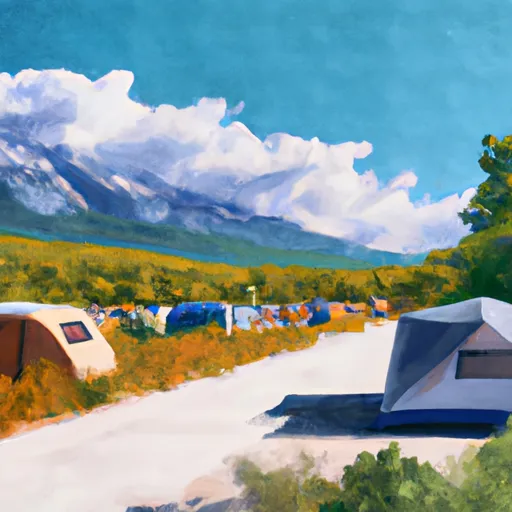 Christmas Meadows Campground
Christmas Meadows Campground
|
||
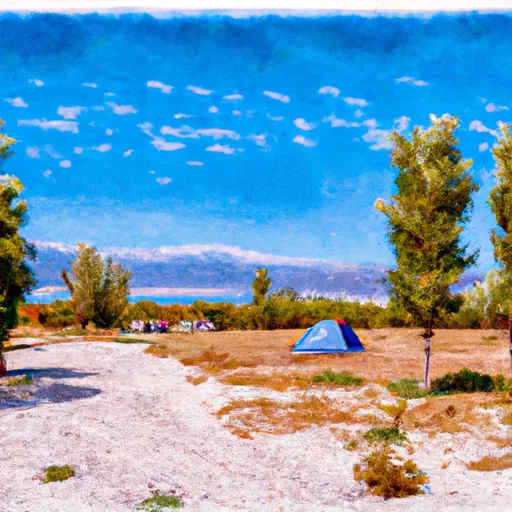 Butterfly Lake Campground
Butterfly Lake Campground
|
||
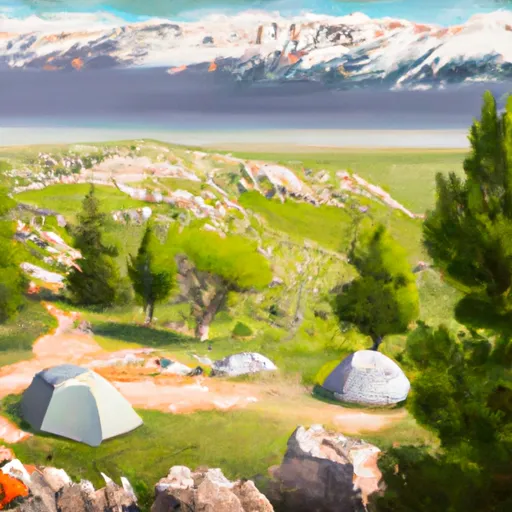 Butterfly Lake
Butterfly Lake
|
||
 Pine Martin
Pine Martin
|
||
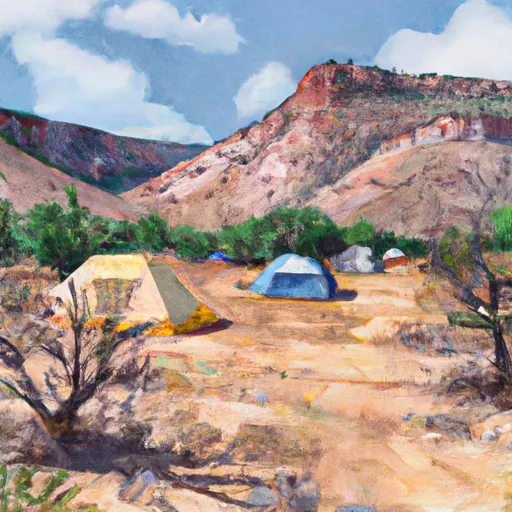 Wilderness
Wilderness
|

 Kermsuh Lake
Kermsuh Lake
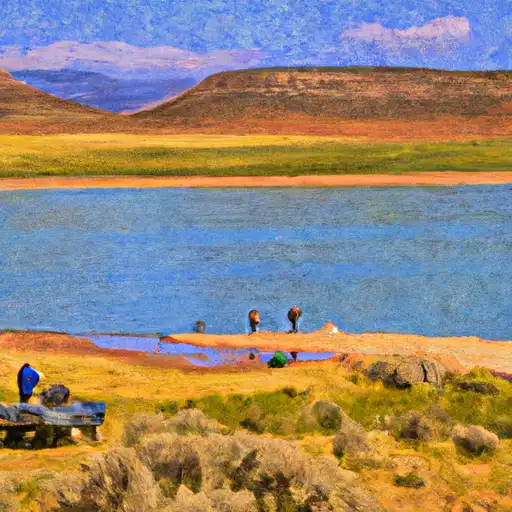 Baker Lake
Baker Lake
 Carolyn Lake
Carolyn Lake
 Butterfly Lake
Butterfly Lake
 Packard Lake
Packard Lake
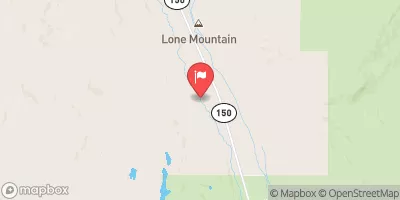
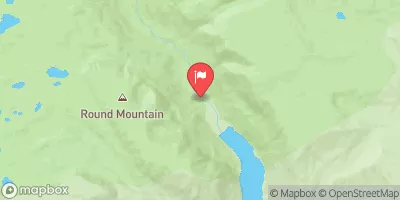
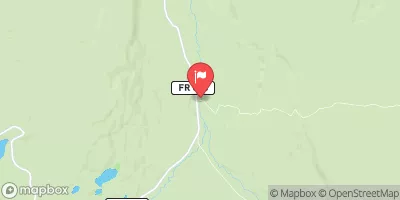
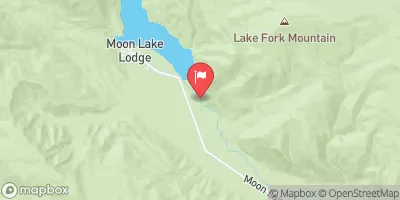
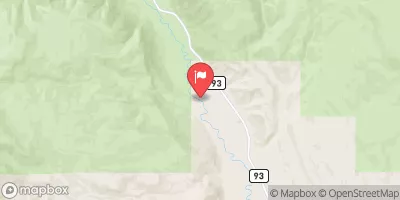
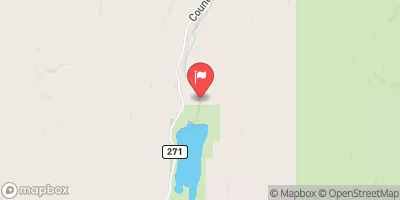
 Price
Price